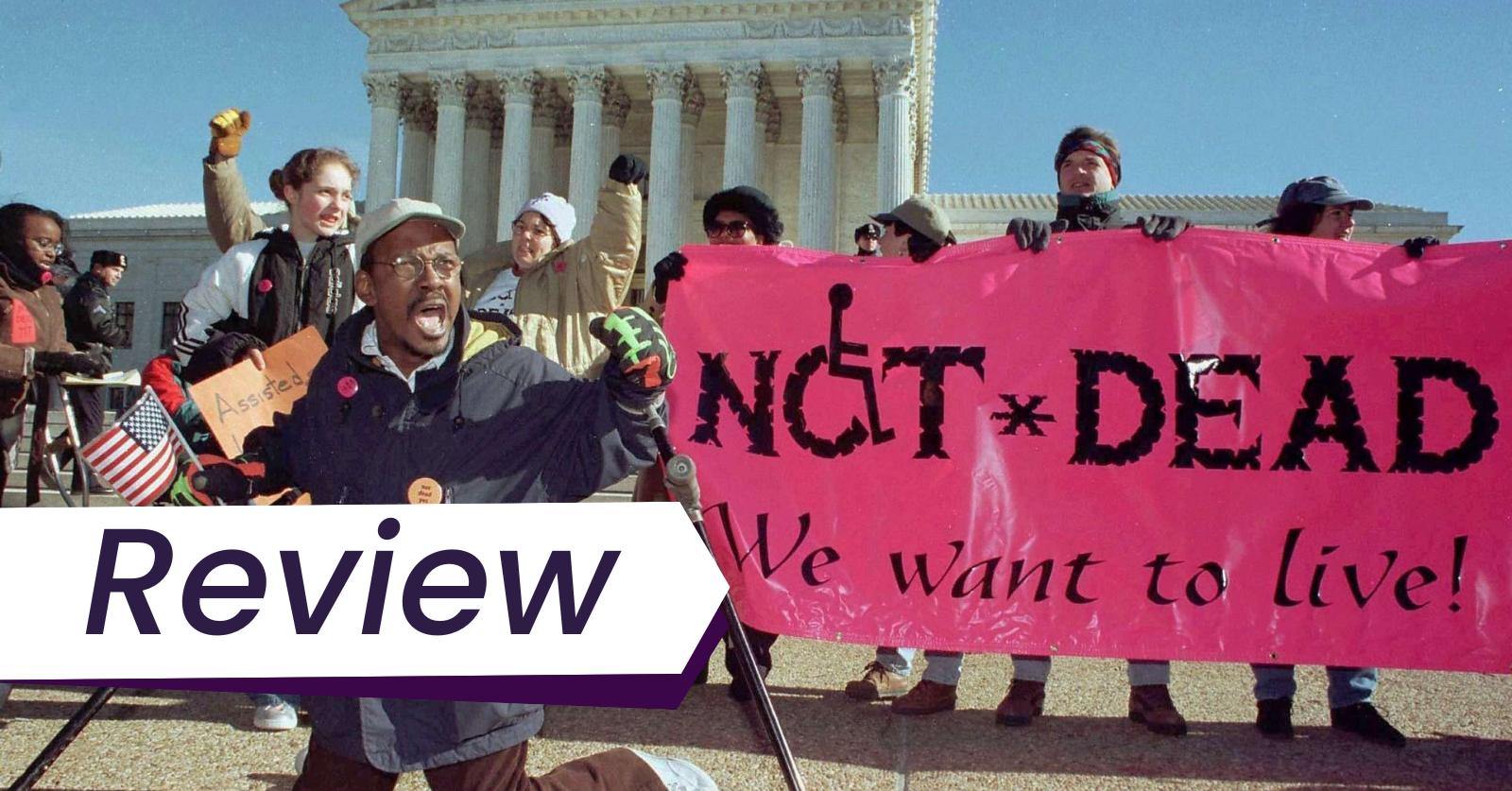Alex Heeney reviews Reid Davenport’s new film, Life After, which tackles the troubling trend toward assisted dying for disabled people, including Canada’s own MAiD program.

Discover one film you didn’t know you needed:
Not in the zeitgeist. Not pushed by streamers.
But still easy to find — and worth sitting with.
And a guide to help you do just that.
More conventional than Reid Davenport’s first feature, I Didn’t See You There, Life After is nonetheless a vital and important document about the troubling trend to support assisted dying for disabled people rather than services to help them continue to live. The film begins with a mystery: in 1983, Elizabeth Bouvia sought the right to die, sparking a national debate. After tons of media attention for her legal battles, she disappeared. Davenport begins the film by investigating, but the story soon expands out to consider the current state of assisted dying legislation and how it affects the lives of disabled people.
To do so, Davenport heads to Canada, to investigate our Medical Assistance in Dying (MAiD) program, one of the few programs of its kind — and one already under fire from disabled activists for being the new eugenics. First, we meet a man from Ontario, a wheelchair user, who tried to apply for MAiD when his mother passed away, and he could not afford the home services to continue to live independently. That’s despite the fact that he’s a gainfully employed computer scientist. He didn’t want to die; but he couldn’t see how he could continue to live.
For Davenport, MAiD feels personal in his film Life After
For Davenport, who is also disabled, MAiD feels personal. One of the film’s best scenes follows Davenport filling out an intake form for MAiD. (As an American citizen, he can’t actually file it.) At the beginning, he’s cracking jokes, but by the end, he finds it a harrowing experience. According to the form, he should consider assisted dying. He tells his producer, if it weren’t for his job or his support network, he might feel like he should die. His producer replies that she feels that’s true for her, too — but because she’s not disabled, nobody would consider offering her death. It’s a sad and eerie moment — even eerier than the instructions for the form, which include videos with happy, encouraging music. (In fact, those dysoptic videos feel exactly like the ones Chie Hayakawa imagined for a fictional Japanese assisted dying program in her excellent Plan 75.)
In the last year, Canadian fiction films have started to tackle assisted dying. Caitlin Cronenberg’s flawed provocation, Humane, imagines a world where assisted dying is encouraged but not required — and changing your mind will still have fatal consequences. Ann Marie Fleming’s Can I Get a Witness imagined a future world devastated by climate change where assisted dying is mandated for everyone at the age of 50 to reduce the population’s resource requirements. But Davenport’s Life After is the first documentary to address Canada’s existing MAiD program head-on — a dystopia that’s already a reality. Davenport is an American, but he can see the Canadian system as the scary canary in a coal mine for legislation that is spreading. The film essential viewing for Canadians, as there’s still time to push back on the legislation. And essential viewing for Americans as these policies begin to creep south.
More on Life After from Seventh Row contributor Angelo Muredda
I highly recommend reading Angelo Muredda’s more in-depth review over at Film Freak Central and his interview with Reid Davenport at Akimbo.ca. Angelo is a regular guest on the Seventh Row Podcast and his writing has appeared in our books on Céline Sciamma and Kelly Reichardt. Listen to us discuss disability and David Cronenberg’s The Shrouds in our recent episode.
Discover one film you didn’t know you needed
Not in the zeitgeist. Not pushed by streamers.
But still easy to find — and worth sitting with.
And a guide to help you do just that.

